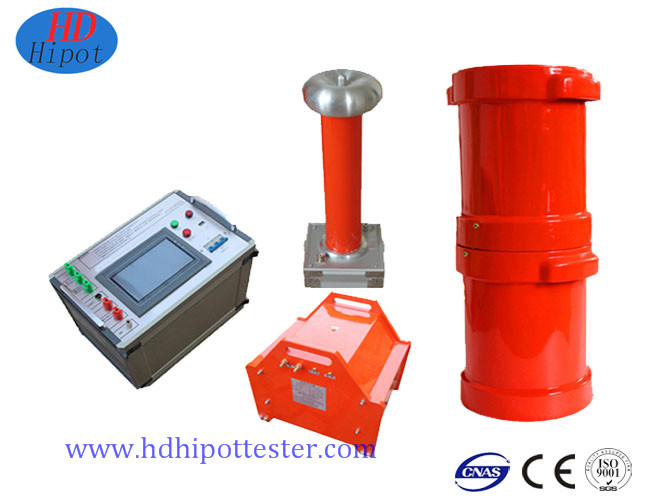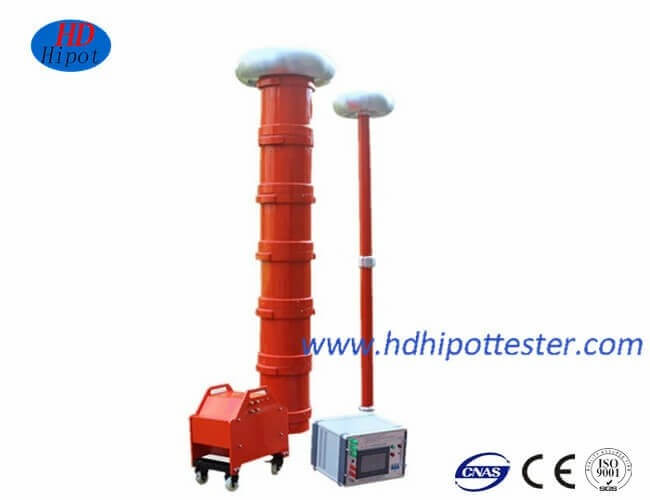Tech: What is HIPOT Testing (Dielectric Strength Test)?

Hipot Test is short name of high potential (high voltage) Test and it is also known as Dielectric Withstand Test. A hipot test checks for “good isolation.”
Hipot test makes surety of no current will flow from one point to another point.
Hipot test is the opposite of a continuity test.
Continuity Test checks surety of current flows easily from one point to another point while Hipot Test checks surety of current would not flow from one point to another point (and turn up the voltage really high just to make sure no current will flow).
Importance of HIPOT Testing
The hipot test is a nondestructive test that determines the adequacy of electrical insulation for the normally occurring over voltage transient. This is a high-voltage test that is applied to all devices for a specific time in order to ensure that the insulation is not marginal.
Hipot tests are helpful in finding nicked or crushed insulation, stray wire strands or braided shielding, conductive or corrosive contaminants around the conductors, terminal spacing problems, and tolerance errors in cables. Inadequate creepage and clearance distances introduced during the manufacturing process.
The production-line hipot test, however, is a test of the manufacturing process to determine whether the construction of a production unit is about the same as the construction of the unit that was subjected to type testing. Some of the process failures that can be detected by a production-line hipot test include, for example, a transformer wound in such a way that creepage and clearance have been reduced.
Such a failure could result from a new operator in the winding department.
HIPOT test is applied after tests such as fault condition, humidity, and vibration to determine whether any degradation has taken place.
Other examples include identifying a pinhole defect in insulation or finding an enlarged solder footprint.
As per IEC standard, The Basic test Voltage for Hipot test is the 2X (Operating Voltage) + 1000 V
The reason for using 1000 V as part of the basic formula is that the insulation in any product can be subjected to normal day-to-day transient over voltages.
Experiments and research have shown that these over voltages can be as high as 1000 V.

